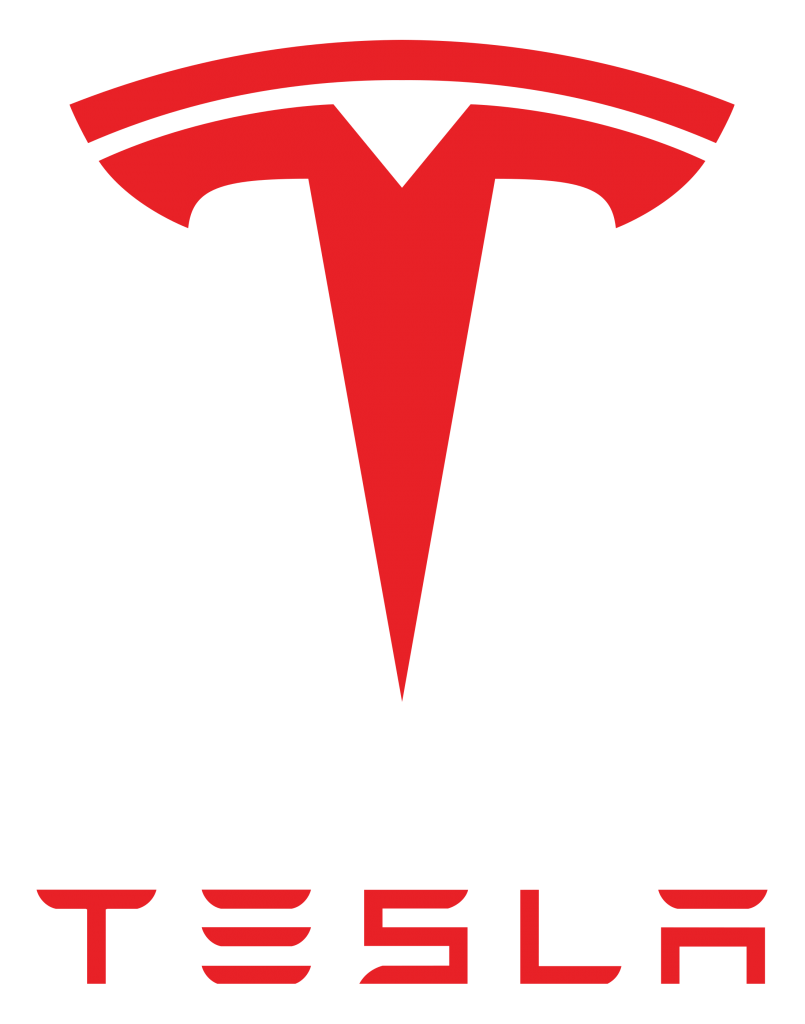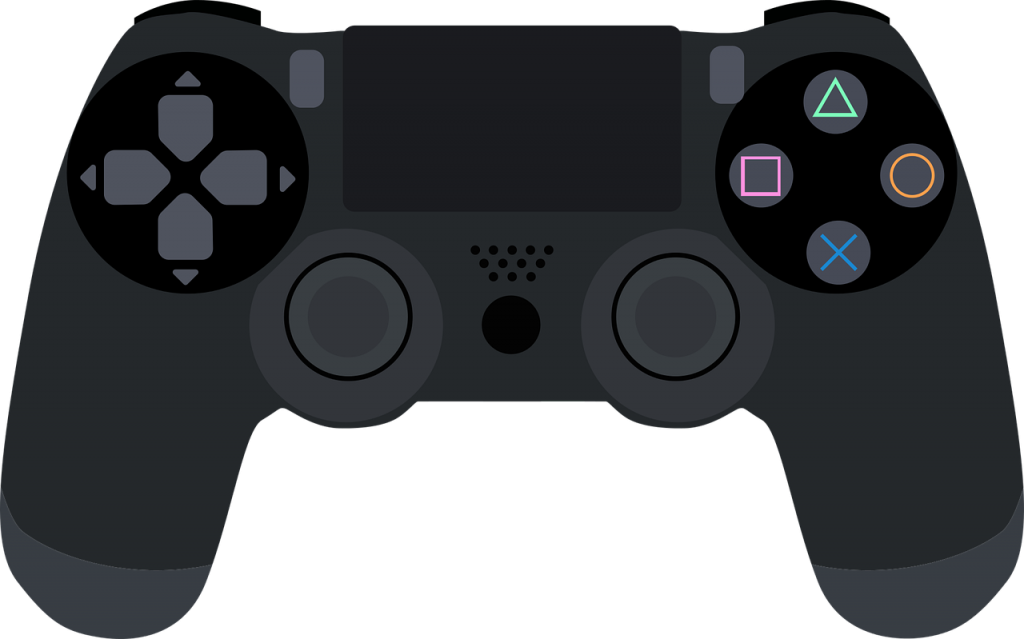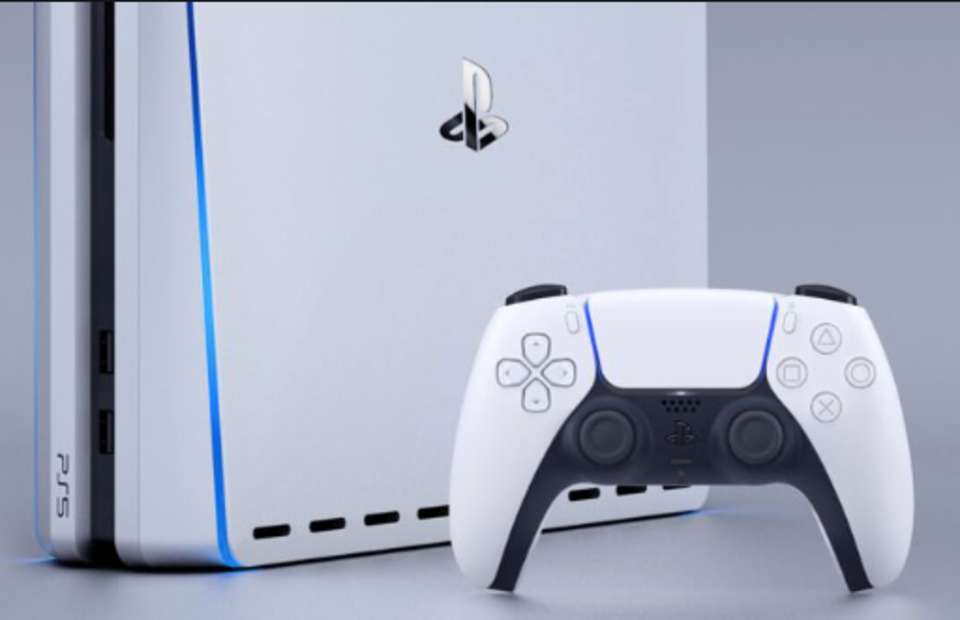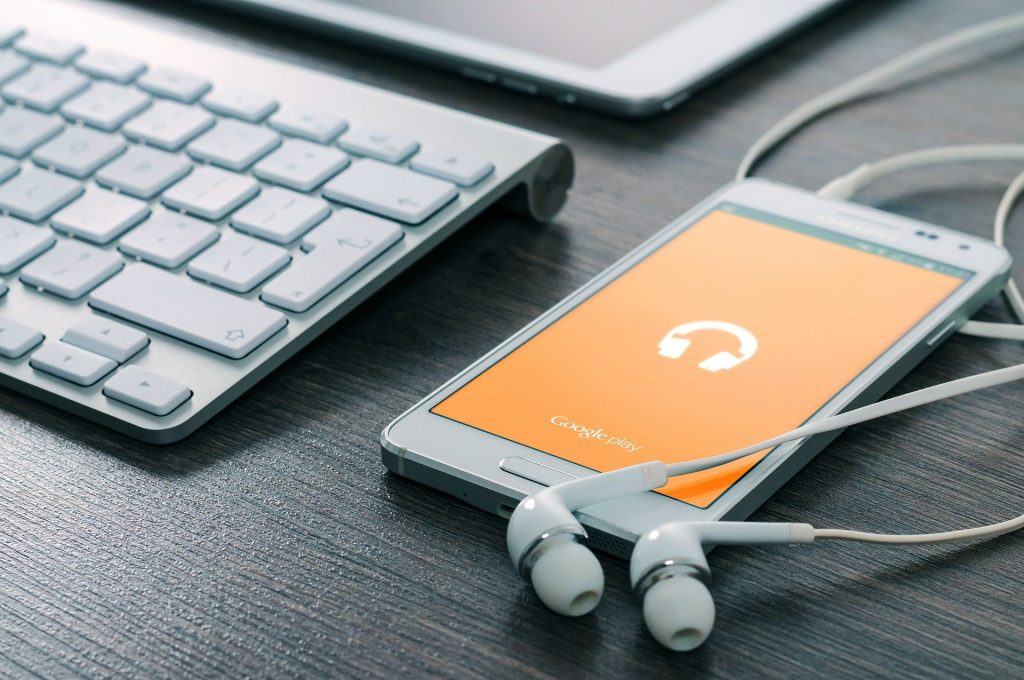NVIDIA and Mercedes-Benz to Team Up to Create New Platform for Vehicles
There’s some good news coming for auto enthusiasts and gaming enthusiasts alike. Reports have been coming out stating that Mercedes-Benz is planning on working with gaming legend Nvidia to create a state-of-the-art computing platform. This next-generation interface will help vehicles support everything from regular software updates to automated driving. Here’s a look at what could be the next big revolution in the auto industry.

New Age for Driving
The German auto industry staple recently said that it plans to release vehicles supporting this platform in 2024. It believes that by 2024, all Benz vehicles will support and have this technology, creating a new dawn for the way we drive cars. The new system will work via Nvidia’s Orin technology, which works as a system-on-a-chip device. Furthermore, the San Jose-based tech company will also use its full Drive AGX stack to develop this platform.
The Orin first came out in December of 2019 and featured top-of-the-line specifications in all respects. It also has the power and capacity to deliver a performance that exceeds 200 trillion functions every second. Furthermore, the chip does all this, while utilising less power or battery than any technology before it, making it incredibly efficient. The chip will help develop a new system software stack that enables drivers to do everything from assisted driving and Autopilot to efficient parking, such as using Tesla’s Smart Summon function.
Benz Takes The Tesla Route
The new software system will also help users enable over-the-air updates for the vehicle software system, much like what we see in smartphones nowadays. Benz has been in the back foot for a while, trying to play catch-up to a more tech-savvy Tesla. However, with this new project, the legendary automaker wants to come out as the new tech-enabled car manufacturer. Tesla has always been superior when it comes to releasing and shipping OTA updates for their fleet of cars. This has helped them stay on top of their game, with regular updates such as Autopilot and new sensor technology. Just like how Apple and Samsung come out with new updates that help repair and rejuvenate their smartphones, Tesla has been revamping its electric vehicles through their updates.
Other Features Of The System
The new Drive System from Nvidia allows the software to track a driver’s motion, blinking, head movements, eye position, and so on. This information can then be used to calculate whether the driver is too drowsy, tired, or incapable of driving with efficiency. Once the system does this analysis, it functions as per the preferences set by the manufacturer. The system can take over and assist the driver with controlling the vehicle, or even alert the driver using warnings built into the vehicle. These visual and audio warnings will help the driver focus on the road again, and snap out of their drowsy state. Furthermore, this system can also monitor the driver’s external surroundings and environment, helping to keep the driver aware of everything happening around them. For instance, if a driver forgets to look at a cyclist approaching from behind and attempts to open the door, the system sends out a warning. As per the preferences set, it can also physically stop the door from opening, helping prevent hassles and accidents.
Major Companies Join In
Benz isn’t the only other automaker to take the plunge and start promoting an OTA system. Soon after Tesla came out with their system, GM followed suit and introduced their own OTA system. Recently, Ford too, has been coming out with their software updates, which help improve their 2020 models. The newest automaker to join in seems to be Daimler, who is set to start rolling out their own software updates and upgrades. Ola Källenius, who serves as Daimler’s CEO, stated that new upgrades would come into their cloud. Users will have the option to download such updates to improve their driving experience. The news that came out yesterday followed another critical update stating that BMW and Daimler were concluding their partnership. The legendary German automakers had announced a plan in 2019, to spend over $1 billion to improve their vehicle’s technological aspect.
The deal with BMW apparently fell through because Daimler wanted to upgrade their Mercedes vehicles quickly. The partnership with Nvidia serves as a much faster solution for the German automaker. However, we will have to see how the system designed by Nvidia turns out. When most companies are taking a probabilistic AI approach, Nvidia is focusing on neural network-enabled software. Whatever happens with the full stack system, it is quite clear that this partnership ushers in a new and exciting age for the auto industry.

Being a cinephile with a love for all things outdoorsy, Athulya never misses a chance to chase inspiring stories or poke fun at things, even when the subject is herself. Currently pursuing a degree in mechanical engineering, she is someone innately interested in technical and scientific research. Music reviews and op-eds define her as they allow her to explore different perspectives. Though sometimes she thinks she makes more sense playing the guitar than she does while writing.






